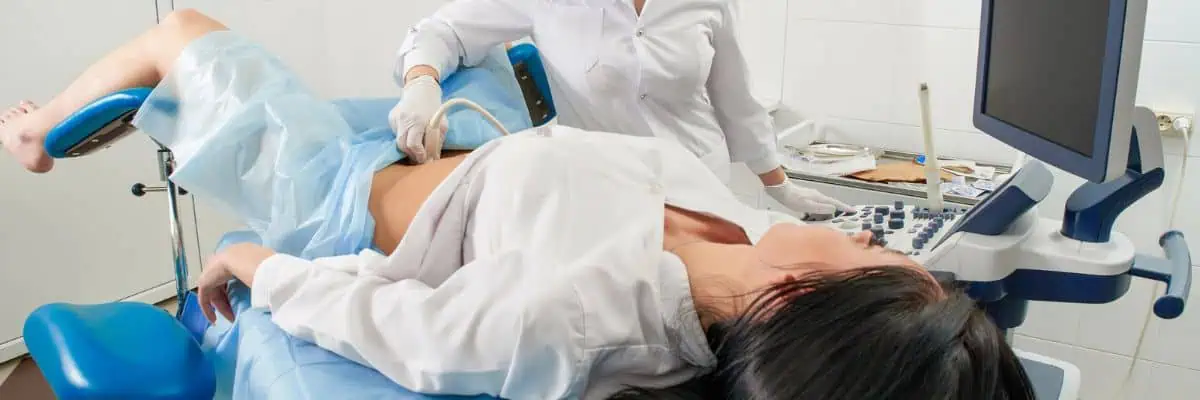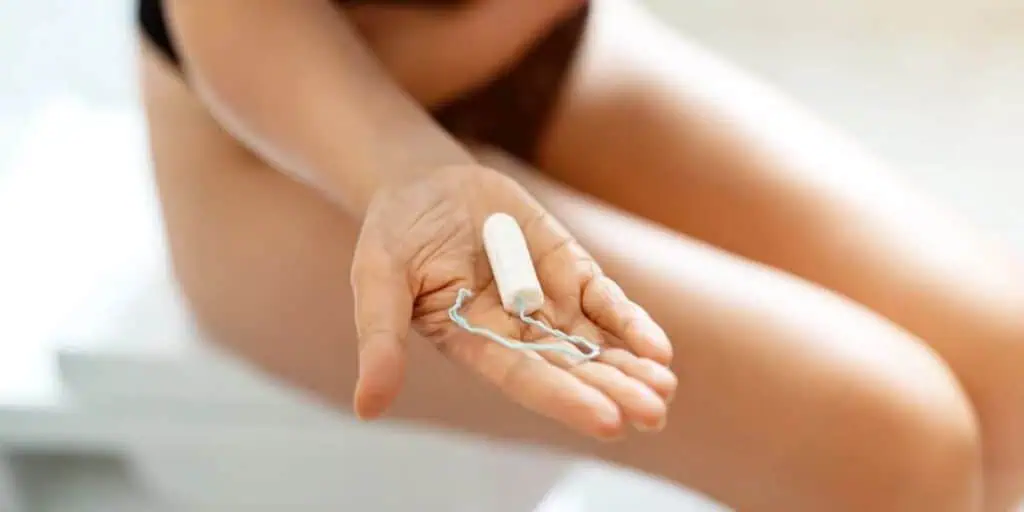What is vaginismus?
Vaginismus is a sexual dysfunction that causes a woman’s vaginal muscles to involuntary contraction or involuntary spasms upon vaginal penetration. This makes sexual intercourse and gynecological examinations difficult or impossible.
The tight squeezing can also cause discomfort or painful sex, making it very difficult to have a normal, enjoyable sex life. Most women affected with vaginismus cannot tolerate sexual intercourse or any sexual activity that involves penetration for fear of pain.

How common is vaginismus?
It is one of the more common female sexual problems. Vaginismus can be classified as either primary or secondary.
Primary vaginismus occurs when the woman has never been able to have penetrative sex because of the involuntary contraction of her vaginal muscles.
Secondary vaginismus occurs when a woman has previously been able to have penetrative sex but is no longer able to.
What are the causes of vaginismus?
There’s not always a real tangible reason for vaginismus. Possible causes include:
- Past sexual assault or sexual trauma
- Past painful intercourse
- Anxiety and emotional factors
- Inadequate foreplay
Yeast infection and urinary tract infection can also add to the pain related to vaginismus.
In some cases, no direct cause can be found.
To make a proper diagnosis, our women’s healthcare doctor will do a physical exam and ask about your medical and sexual history. These histories can help give clues to the underlying cause of the condition.
What are the symptoms of vaginismus?
The primary symptom of vaginismus is vaginal pain during penetration. The pain may disappear after the inserted object is removed, or it may linger afterward. The pain is sometimes described as a sharp, ripping feeling or a feeling that the object or penis is “hitting a wall.”
In some cases, women only feel pain during sex (dyspareunia). In others, the pain strikes during the insertion of an object, such as a tampon or an instrument used during a pelvic exam.
Women with vaginismus often become anxious about sexual intercourse. This does not mean they cannot become sexually aroused. Many women with this problem can have orgasms.
Treatment of vaginismus
Treating vaginismus can be done right in your own home and on your own time, with exercises designed to help you control and relax your vaginal muscles. This process is called progressive desensitization.
Kegel exercises focus on strengthening and controlling the pelvic floor muscles. Squeeze the muscles you would use if you were trying to stop urinating. Hold for two seconds, and then relax. Perform a set of 15-20 at a time. You can do this multiple times each day.
After 3-5 days, try to perform Kegel exercises while inserting your finger into your vagina. Start with a shallow insertion (up to about half an inch into your vagina), and work your way up to your whole finger, then two fingers, then three.
It’s a good idea to try this with a lubricant or while in the bathtub. If you feel muscle spasms, remove your finger, focus on relaxation, and try again.
Vaginal dilation exercises using plastic dilators may be recommended. They can help make you less sensitive to vaginal penetration.
Other treatment options include:
- Pelvic floor physical therapy: A physical therapist will teach you how to relax your pelvic floor muscles.
- Sex therapy: If these methods do not help, contact your doctor, who may be able to refer you to a sex therapist or a sexual health specialist.
What’s the connection between vaginismus and menopause?
Vaginismus and menopause are linked because menopause can cause hormonal changes, particularly a drop in estrogen levels. This decrease can lead to vaginal dryness, thinning of vaginal tissues, and loss of elasticity, all of which may contribute to discomfort or pain during intercourse.
In some cases, this discomfort can trigger or worsen vaginismus, a condition where involuntary muscle contractions make vaginal penetration painful or difficult.
GPPPD vs. vaginismus
Genito-pelvic pain/penetration disorder (GPPPD) and vaginismus are related but not the same. Vaginismus is a medical condition that is a subset of GPPPD and specifically refers to the involuntary contraction of vaginal muscles, making penetration painful or impossible.
GPPPD, on the other hand, is a broader term that includes various forms of pain during intercourse or difficulty with penetration, not limited to muscle contractions. GPPPD can encompass conditions like vaginismus, dyspareunia (painful intercourse), and other forms of pelvic pain related to penetration.
Communicate about your condition
For many women, vaginismus is psychologically linked with anxiety, and physical treatment alone may not be enough. Therapy can help. We can refer you to a mental health therapist specializing in these issues.
Although discussing this complicated condition with your doctor may be embarrassing, rest assured that our gynecologist understands and is here to help. Many patients find it easier to write down their symptoms and concerns in a diary to bring to their appointment.
Have questions about your sexual health? Talk to Dr. Aliabadi
If you believe you are experiencing sexual pain, I encourage you to see your healthcare provider. Dr. Aliabadi and her compassionate team are experts in women’s health care. When Dr. Aliabadi treats you, you’re guaranteed to feel safe, heard, and well cared for.
If you want to establish care with Dr. Aliabadi, please make an appointment online or call us at (844) 863-6700.
The gynecology, surgery, and obstetrics practice of Dr. Thais Aliabadi, a member of the American College of Obstetricians and Gynecologists, and the Outpatient Hysterectomy Center are conveniently located for patients throughout Southern California and the Los Angeles area. We are near Beverly Hills, West Hollywood, Santa Monica, West Los Angeles, Culver City, Hollywood, Venice, Marina del Rey, Malibu, Manhattan Beach, and Downtown Los Angeles.
Sources
McEvoy M, et al. (2024). Understanding vaginismus: A biopsychosocial perspective.
https://www.tandfonline.com/doi/full/10.1080/14681994.2021.2007233
Vaginismus – NHS
http://www.nhs.uk/Conditions/Vaginismus/Pages/Introduction.aspx
Pacik PT, et al. (2017). Vaginismus treatment: Clinical trials follow up 241 patients.
https://www.ncbi.nlm.nih.gov/labs/pmc/articles/PMC5440634/
Chalmers KJ. (2024). Clinical assessment and management of vaginismus.
https://www1.racgp.org.au/ajgp/2024/january-february/clinical-assessment-and-management-of-vaginismus
Goldstein, A. Pukall, C., Goldstein, I., editors. Female Sexual Pain Disorders: Evaluation and Management, Wiley-Blackwell, 2009.
















